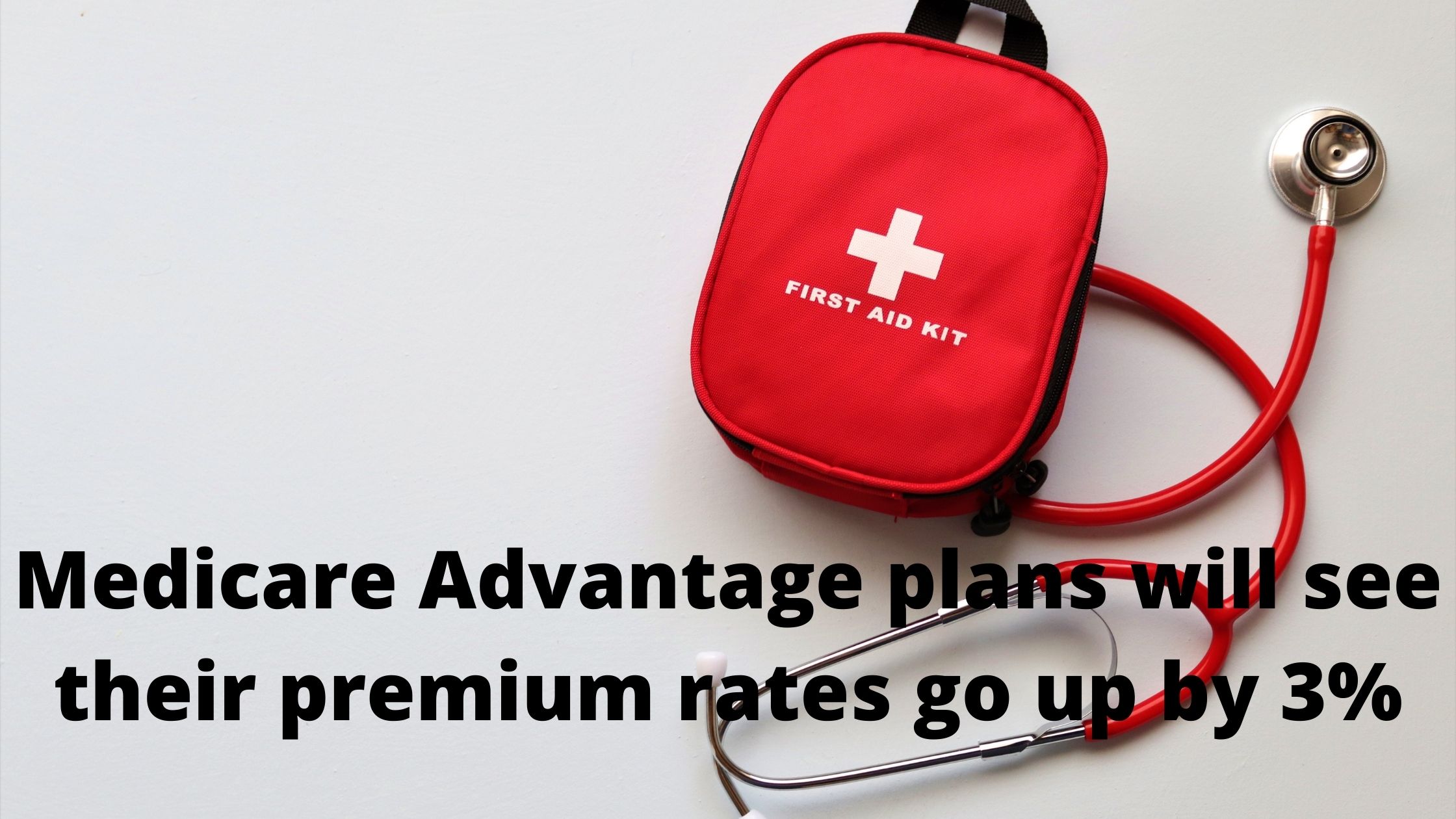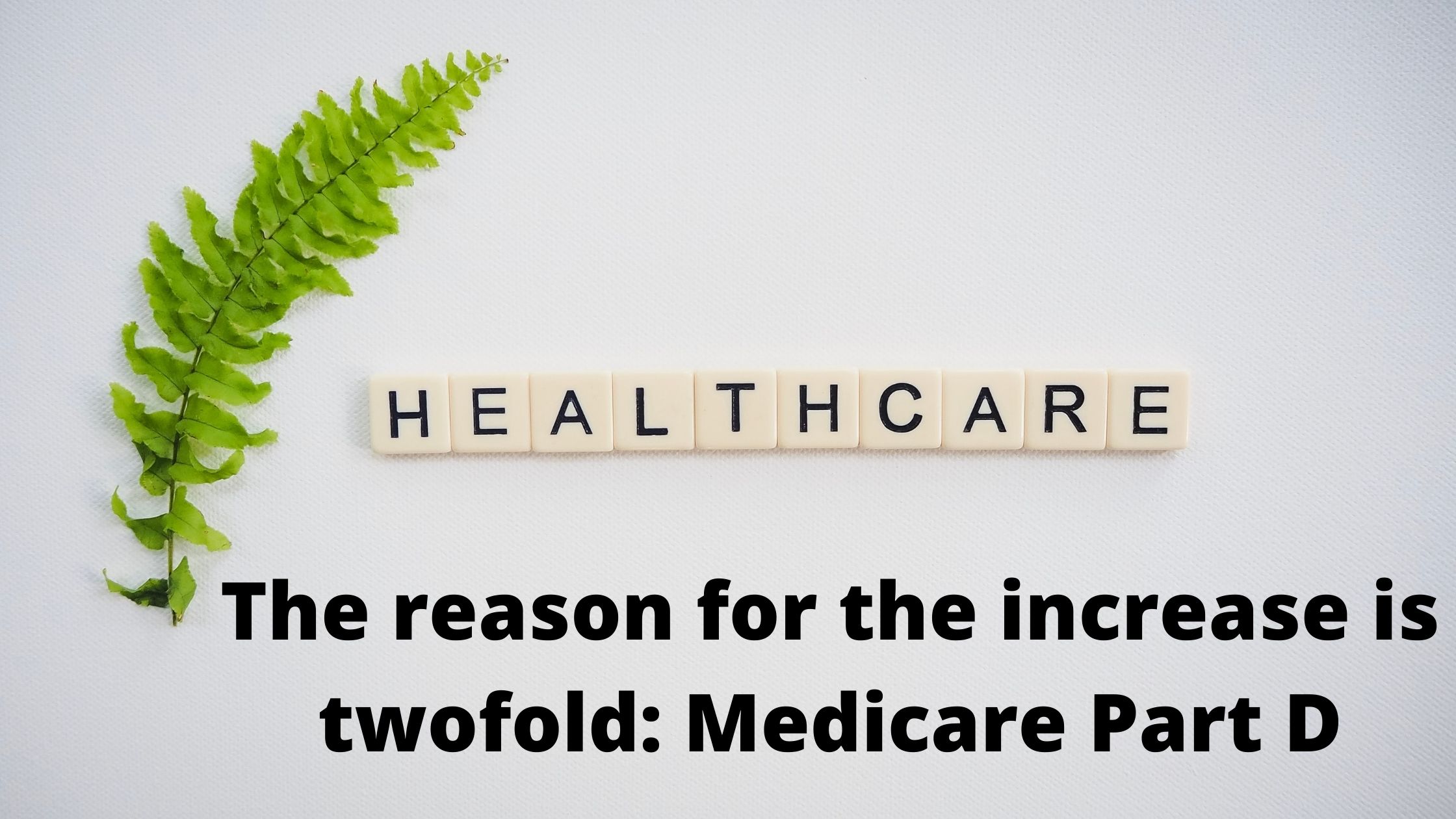Medicare Advantage Plans are popular health plans that let you choose a provider from a variety of options. This year, the Centers for Medicare and Medicaid Services (CMS) has announced that some Medicare Advantage plans will see premium increases. Here is what you need to know about these premium increases and how they will affect you.
Medicare Advantage plans are a type of health insurance sold by private insurers
The plans are generally cheaper than traditional Medicare, but they have some important limitations.
In general, premiums for Medicare Advantage plans increase by between 2 and 3 percent each year. This means that the premiums for 2018 are higher than 2017 premiums, and they will be higher in 2019 and 2020.
Here are five things you need to know about Medicare Advantage plans:
1. The coverage you get with a Medicare Advantage plan may be different from the coverage you get with traditional Medicare. For example, a Medicare Advantage plan might not cover generic drugs or prescription medications at the same level as traditional Medicare does.
2. You might not be able to switch to a Medicare Advantage plan if you become eligible for traditional Medicare. If you’re already enrolled in a Medicare Advantage plan and you become eligible for traditional Medicare, your insurer may not agree to continue providing coverage under the plan.
3. You might have to pay more for a Medicare Advantage plan than you would for traditional Medicare if you have income above a certain amount. The premium difference is known as the “means-testing” limit. The limit is currently $85,000 for individuals and $170,000 for couples. The limit will increase by
Medicare Advantage plans will see their premium rates go up by an average of 3%
As of January 1, 2020, Medicare Advantage plans will see their premium rates go up by an average of %. This means that, on average, the premiums for these plans will go up by $1 per month.
This increase is necessary to cover the costs of the health care reform law. Under the law, Medicare will pay more for medical services provided by Medicare Advantage plans than it does currently.
However, if you are a Medicare Advantage plan member and you experience a decrease in your health care costs, your premium may actually go down in 2020. This is because your plan will be able to take advantage of this downward trend in health care costs to reduce its premiums.
If you are interested in switching to a Medicare Advantage plan, now is the time to do it. The sooner you make the switch, the lower your premium will likely be.
The reason for the increase is twofold: Medicare Part D
Which is the prescription drug program that covers seniors and people with disabilities, is facing increasing costs, and the Centers for Medicare & Medicaid Services (CMS) is imposing new restrictions on the mix of services that can be carried out by private and Medicaid Services (CMS) is using a new formula to calculate how much Medicare will pay for prescription drugs.
According to the Kaiser Family Foundation, the average Part D premium increase across all plans is 25%. However, there are some plans that have seen increases as high as 56%. The exact amount that your plan will increase depends on your specific plan and area.
If you’re affected by the premium increase, it’s important to understand what you can do to offset the cost. First, check with your plan to see if there are any discounts or rebates available. Second, consider switching to a cheaper plan if you can. Finally, try to get prescriptions from pharmacies in your area that offer discounted rates.


